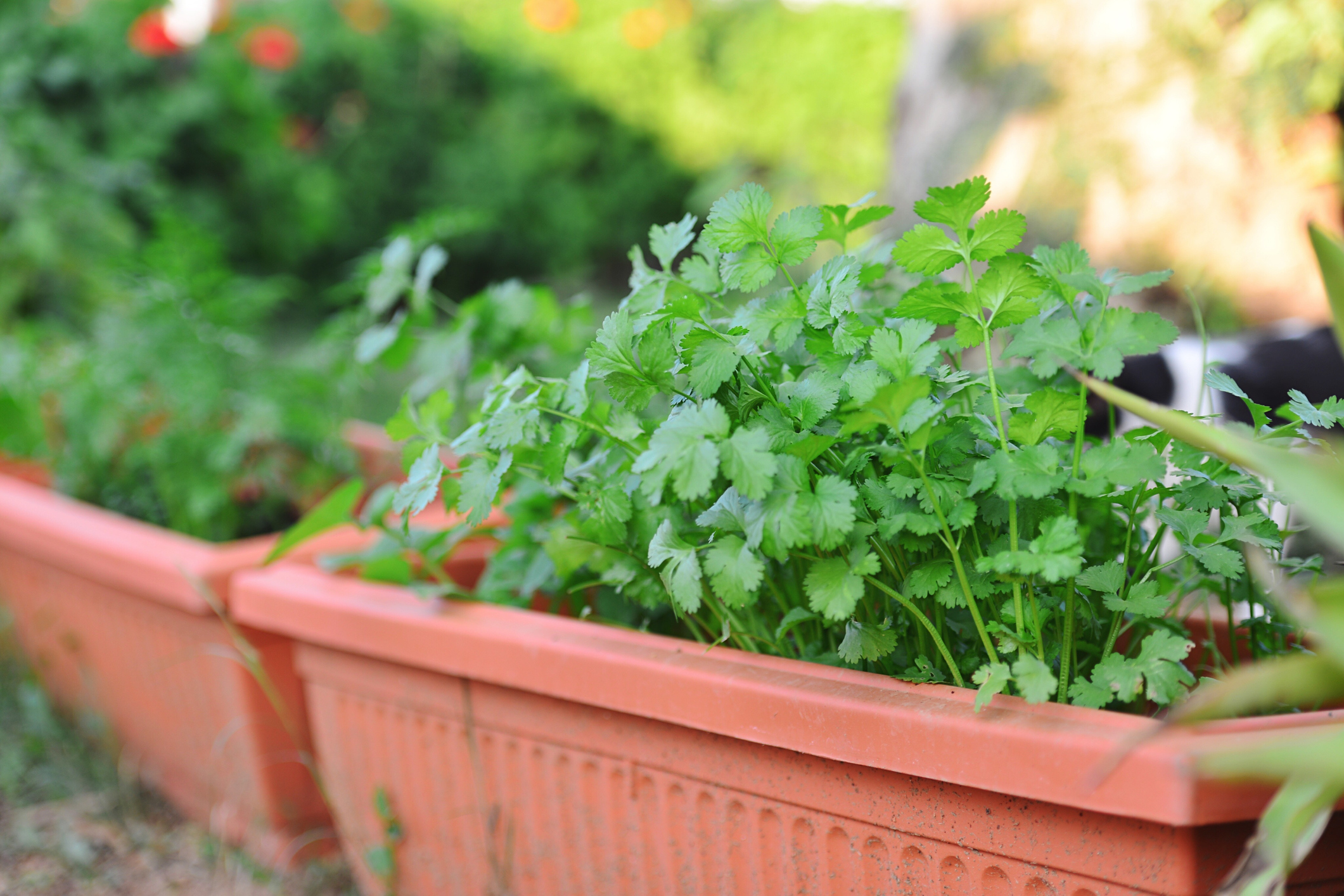How to grow coriander
Learn how to grow coriander with ease at home. Our method requires little space – just a container to grow it in

Want to learn how to grow coriander? We've got some very good news for you: this is possibly the easiest herb to grow: it doesn't require anything special apart from sunlight and water, and does very well in containers. Coriander, also known as cilantro, is a prolific grower and will give you plenty of growth throughout the summer. Keep reading for our simple tips for helping it thrive in your garden.
Find more garden ideas at our dedicated page.
How to grow coriander
Method:
1. Fill a garden trough with good-quality all purpose compost and water.
2. Scatter the seeds densely all over the trough: no need to sow in rows.
3. Water again and position in a sunny spot in your kitchen if possible as that is where it will be harvested. Always plant it where it is to grow, as it doesn't do well with being transplanted. Germination will happen within a week to three weeks.
4. Pinch out the tops of the young plants to encourage bushier growth. Repeat the sowing process about three weeks after the first batch and continue re-sowing throughout the summer season for a continuous harvest.
Get small space home decor ideas, celeb inspiration, DIY tips and more, straight to your inbox!
How to care for coriander
1. You don't need to feed coriander, but if yours is looking a little sad, give it some liquid feed with a balanced fertiliser to see if it peps up.
2. Whether you're growing coriander indoors or out, it's important to keep its soil damp, but not over-watered. If the soil becomes too dry, your coriander may bolt or flower early.
Harvesting coriander
Did you know that you can pick the leaves to eat fresh, but also pick them to freeze, too?
Want to harvest seeds for next time? Allow your plants – or one or two of them – to sprout long stalks topped with blooms. Once those have passed, you'll get seeds, which can be harvested just before they drop. Do this by cutting the stems and laying them out on kitchen paper to dry. Store in a clean, dry place (ideally airtight, too) to plant out next year. Or, of course, to use in cooking.
More tips on growing your own:
Anna is a professional writer with many years of experience. She has a passion for contemporary home decor and gardening. She covers a range of topics, from practical advice to interior and garden design.